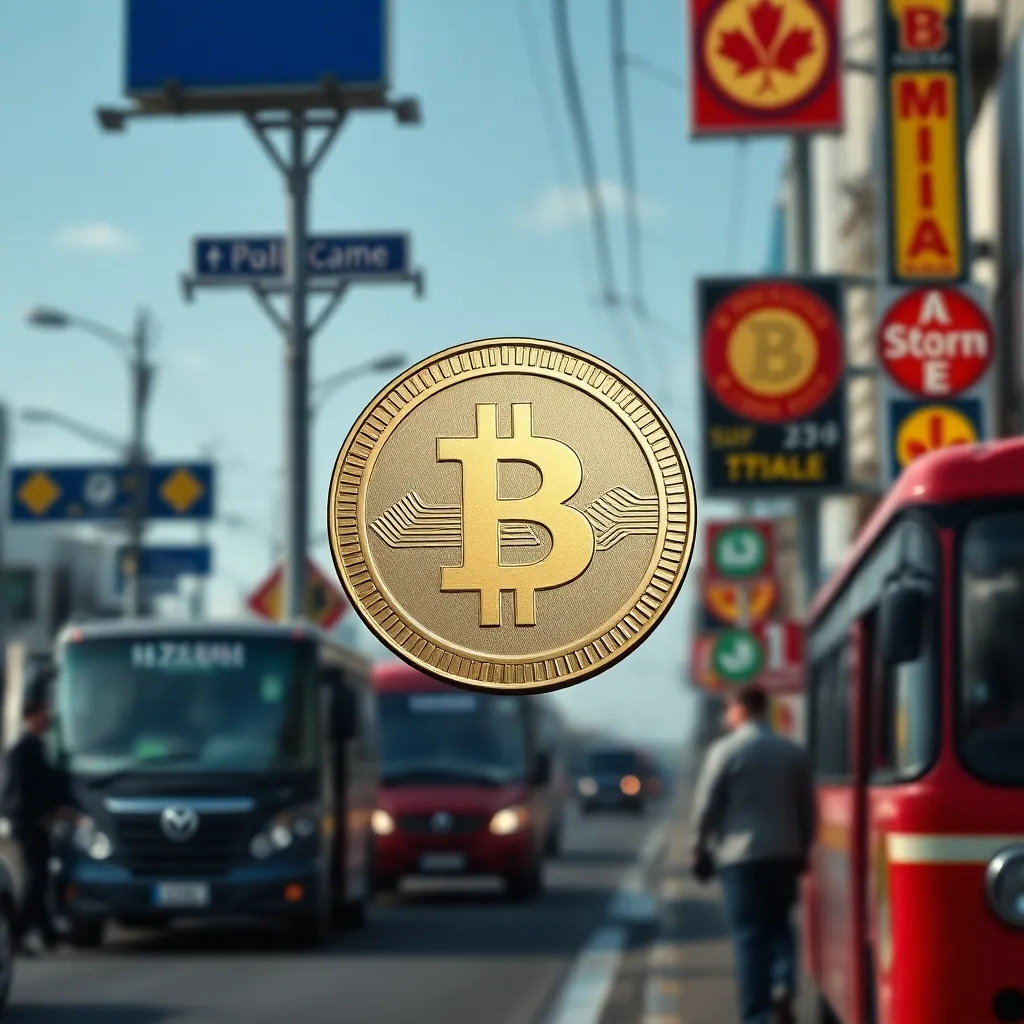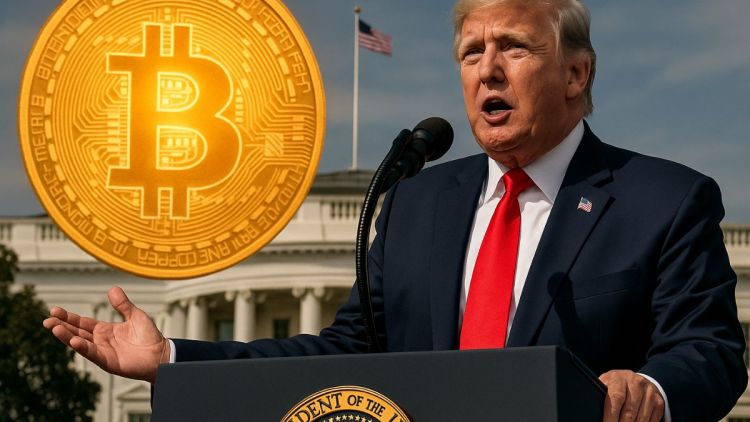Stablecoins Emerge as Key Store of Value in Developing Economies
Note: This post may contain affiliate links, and we may earn a commission (with No additional cost for you) if you make a purchase via our link. See our disclosure for more info. The crypto world is constantly changing. This content is for informational purposes only and not financial, legal, or professional advice So, please verify the info on the cryptocurrency provider’s websites.
Cathie Wood recently highlighted the unprecedented emergence of stablecoins as a critical store-of-value asset, particularly within emerging market economies. This observation underscores a significant shift in global financial paradigms, where stablecoins are gaining traction at a rate exceeding all prior predictions. The “product” in focus, stablecoins, represent a unique class of cryptocurrencies designed to minimize price volatility, typically by pegging their value to a stable asset like the U.S. dollar, gold, or a basket of currencies.
Key features of stablecoins include their inherent price stability, which offers a crucial hedge against the often-volatile local currencies and high inflation rates prevalent in many emerging markets. They are often backed by reserves, providing a degree of transparency and trust, although the specifics of these reserves vary by issuer (e.g., fiat-backed like USDT or USDC, or crypto-backed). Technically, stablecoins operate on various blockchain networks, leveraging smart contracts to facilitate rapid, borderless transactions with significantly lower fees compared to traditional banking systems. This technological foundation enables near-instantaneous settlement and accessibility.
The benefits for users in emerging markets are manifold. Stablecoins provide a reliable alternative for preserving wealth, facilitating international remittances without the delays and costs of conventional methods, and enabling easier access to global digital economies. For individuals and small businesses facing capital controls or limited access to robust financial infrastructure, stablecoins offer a pathway to financial inclusion and economic resilience. Their target audience primarily includes consumers and enterprises in regions experiencing economic instability, high inflation, or seeking efficient cross-border payments. Additionally, they appeal to cryptocurrency traders looking for a stable medium of exchange. While technical specifications vary by token, common underlying technologies include Ethereum's ERC-20 standard, Tron's TRC-20, or Solana's SPL tokens, all designed for secure, distributed ledger operations. Wood's comments emphasize that this technological solution is profoundly reshaping financial behaviors in crucial global sectors.










